Both principal faces are adorned with a large rocaille cartouche enclosing a stylised landscape with a fortified tower, surmounted by two imaginary birds typical of Moustiers’ whimsical bestiary. The ensemble is framed by a rich military trophy: flags, lances, halberds, drum, oboe, transverse flute, quiver and arrows, interlaced with palms, foliage and branches.
The composition is further enriched with butterflies in light relief, floral scrolls, lambrequins and rocaille motifs applied with delicate lightness. A double purple line encircles the rim and foot.
A luxurious object intended to cool bottles or decanters, this piece exemplifies the sophistication of Moustiers faience during the Enlightenment. Dated to the mid-18th century, it may be attributed to the CLÉRISSY workshop, a major dynasty of Provençal faience-makers active in Moustiers from the late 17th to the 18th century.
Dimensions
- Height: 18.4 cm
- Diameter: 19.2 cm
HISTORICAL AND SYMBOLIC CONTEXT
This wine cooler stands out for its highly elaborate decoration, typical of the prestigious output of the Moustiers faience workshops during the second half of the 18th century. The central cartouche encloses a rare scene in tableware: a stylised topographical view of a fortress or château. This imaginary or possibly real reference may allude to military defence, a victory, or an honorary commission for an officer.
The composition is surmounted by a peacock-like bird, a classical symbol of immortality, glory and vigilance. Its presence reinforces the allegorical reading, evoking the nobility of a cause or the lasting fame of a heroic deed.
Such compositions appear in series produced by the CLÉRISSY manufactory, where military trophies and heroic symbolism were highly fashionable in the context of a triumphant monarchy, especially under Louis XV. This is therefore both a decorative and emblematic piece, designed to enhance the table while conveying a political or personal message.
The so-called “trophy with flags” décor is traditionally attributed to Joseph FOUQUE, and may have been created in homage to the French victory at Fontenoy, won on 11 May 1745 by the troops of Louis XV under Marshal de Saxe, during the War of the Austrian Succession. Widely celebrated at the time, this event inspired decorative compositions combining arms, patriotic allegory and symbols of glory—precisely as seen on this wine cooler[1].
RELATED MUSEUM EXAMPLES
Several Moustiers pieces with similar decoration are held in public collections, including:
- A wall bouquetière at the Musée des Beaux-Arts in Reims.
- A dish at the Musée des Arts décoratifs in Bordeaux.
- A terrine at the Louis-Vouland Museum in Avignon.
- A large beaker cooler, several dishes and a cup at the Faïence Museum of Moustiers.
A rare example of 18th-century Provençal display faience, this piece combines rich iconography, technical finesse and historical depth.
[1]
GUILLEMÉ-BRULON, Dorothée, Histoire de la faïence française. Moustiers et Marseille, Paris, Massin, 1997.
ALARY, Jean-Claude, “Le décor aux drapeaux”, in Les faïences de Moustiers du XVIIe au XIXe siècle au musée Arbaud d’Aix-en-Provence et au musée de Moustiers, Académie de Moustiers (ed.), Lyon, Fage, 2013.



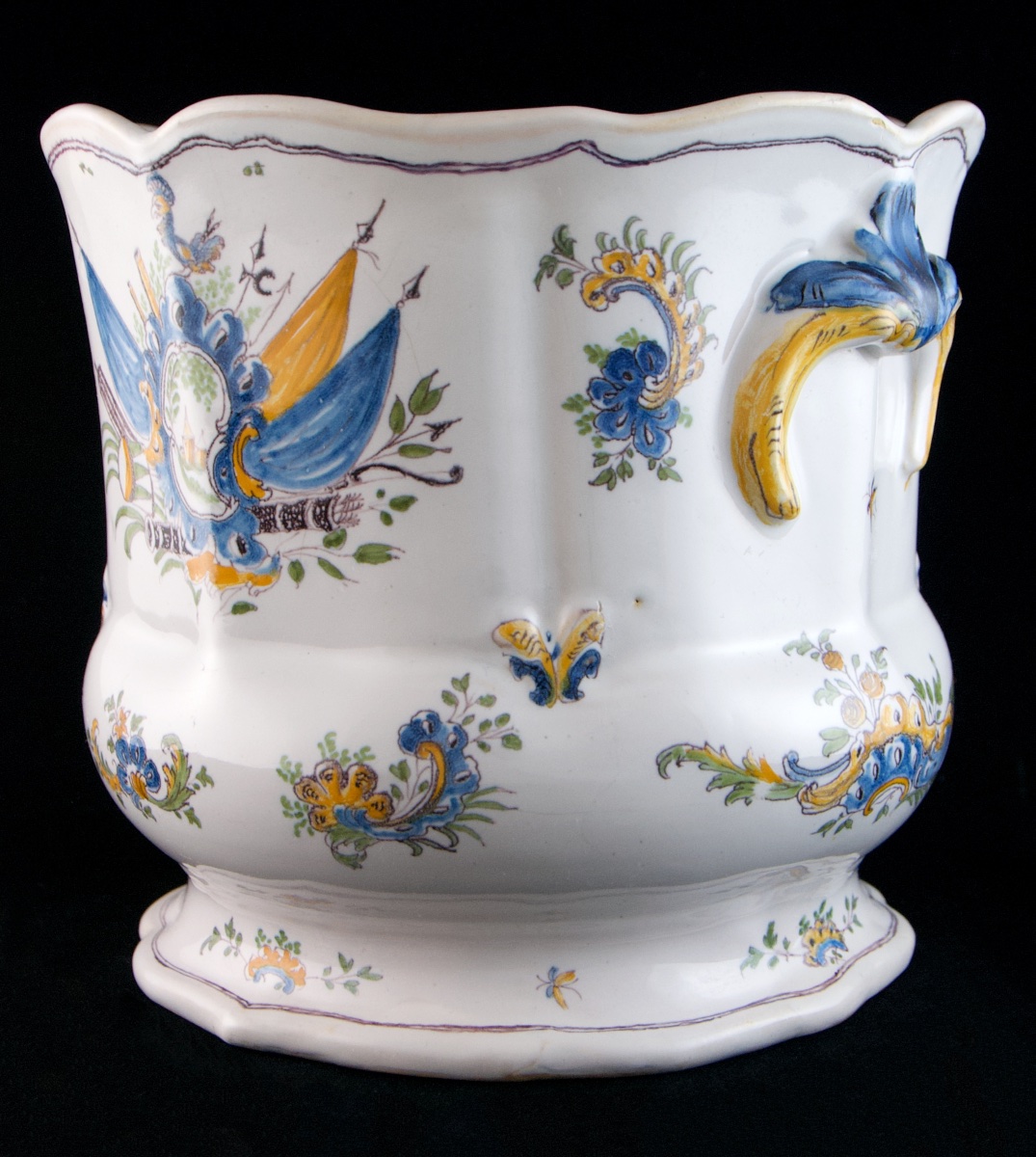
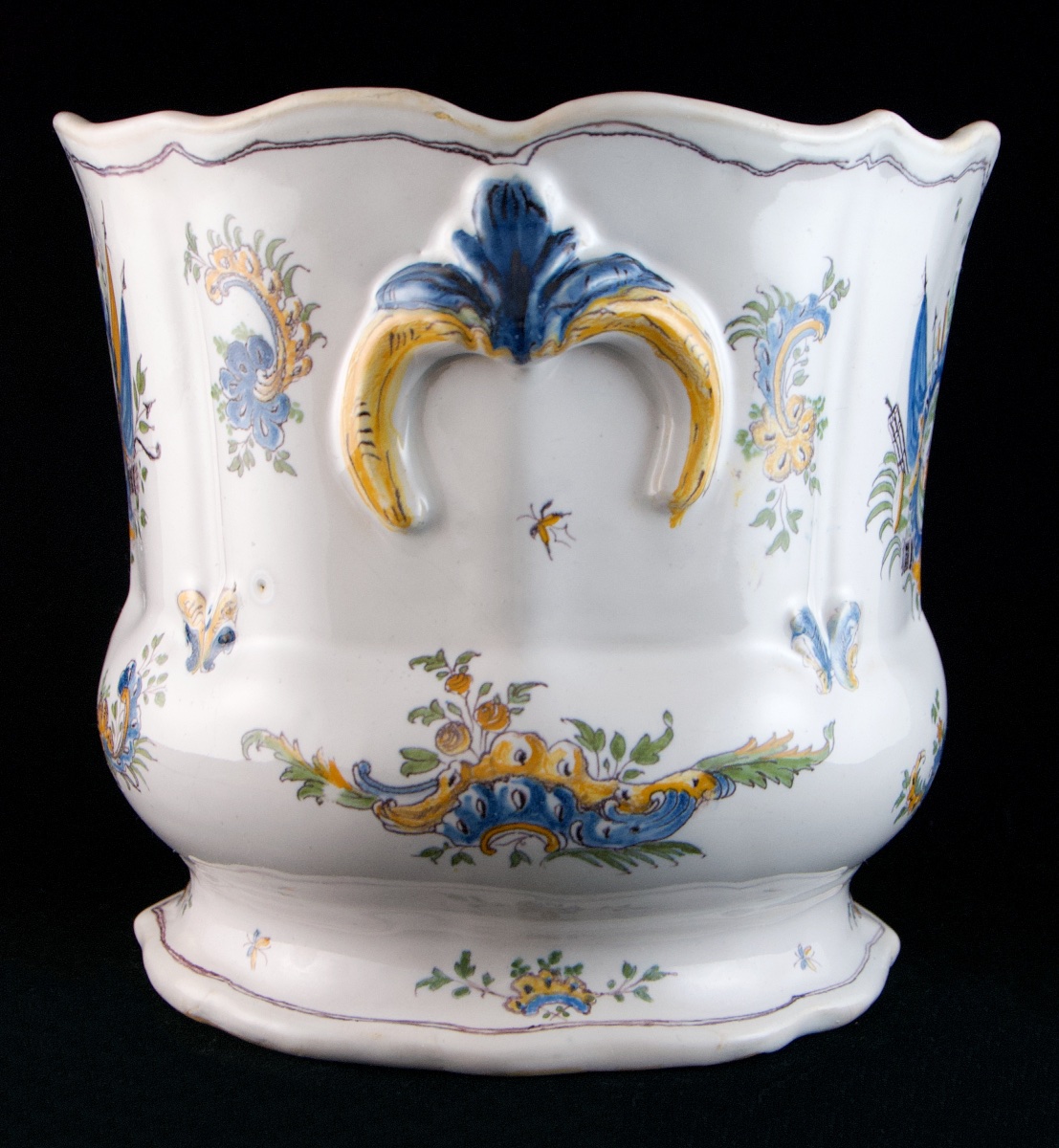

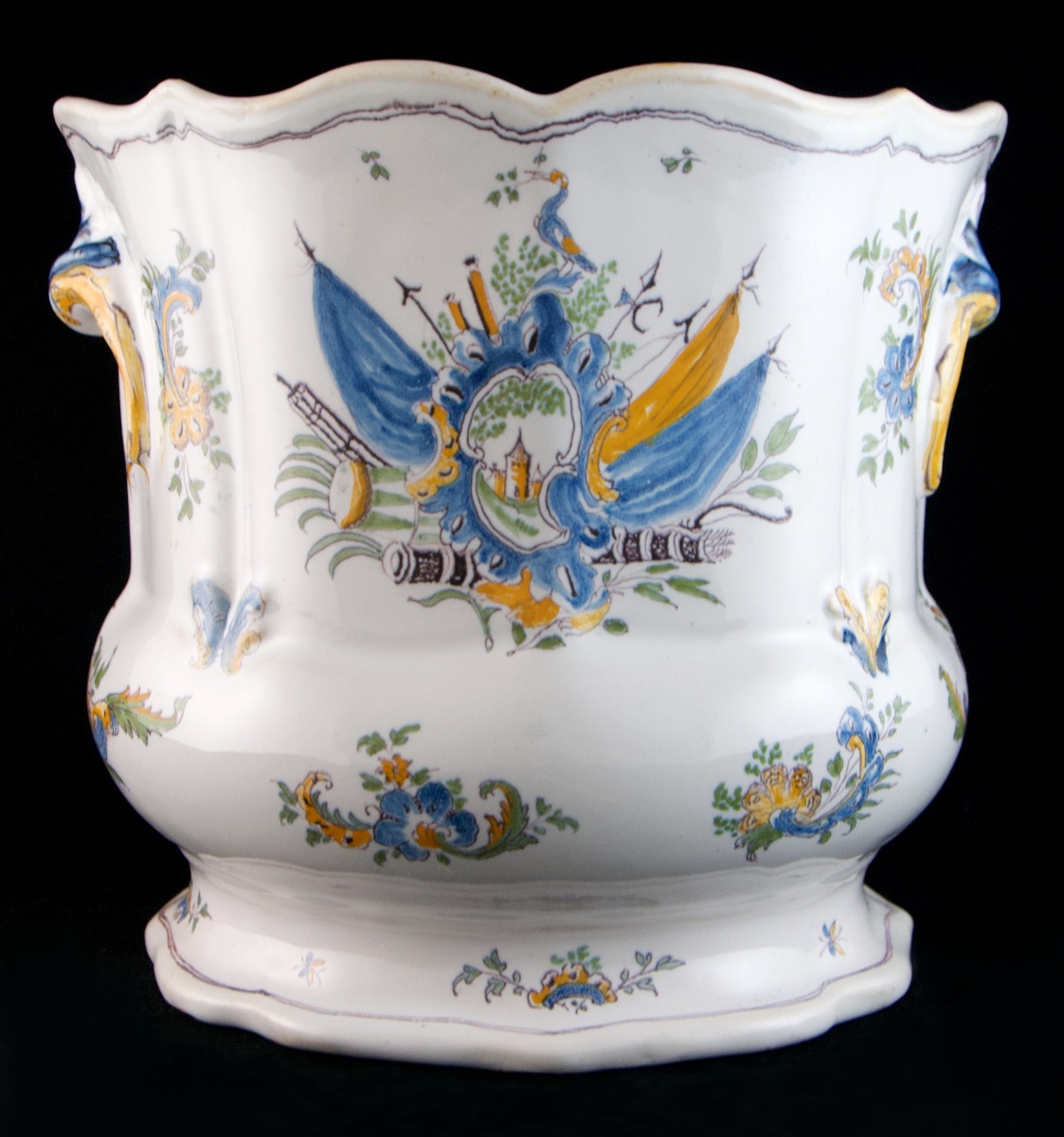



























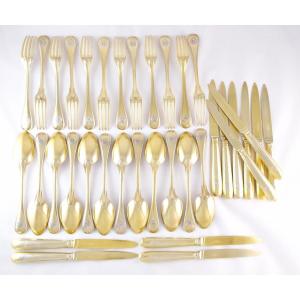
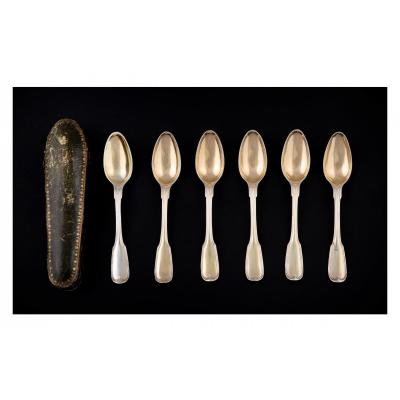
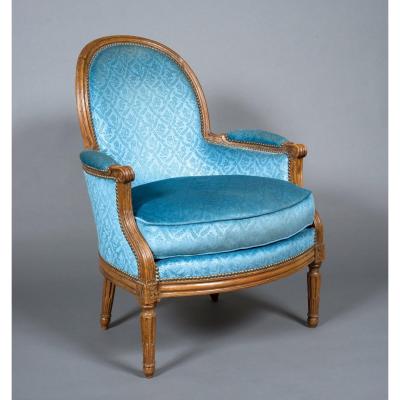





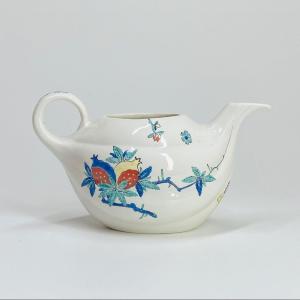

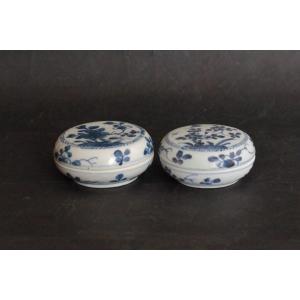

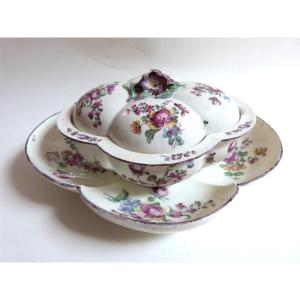



 Le Magazine de PROANTIC
Le Magazine de PROANTIC TRÉSORS Magazine
TRÉSORS Magazine Rivista Artiquariato
Rivista Artiquariato